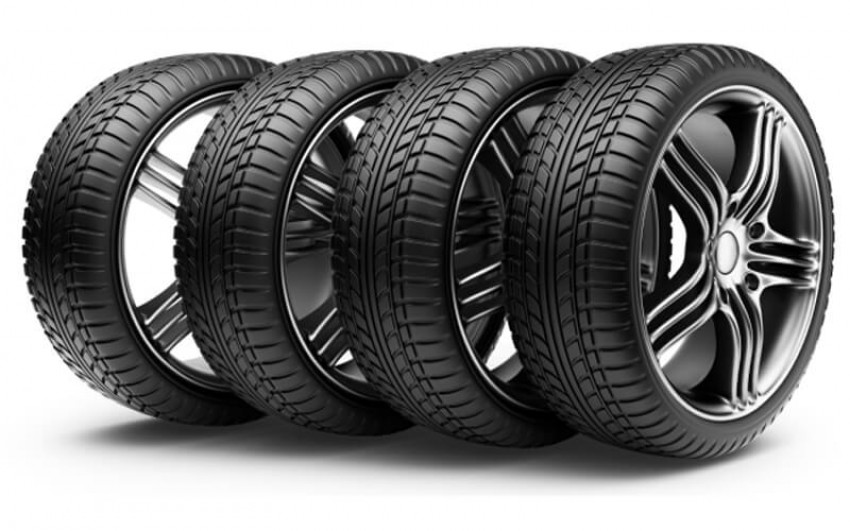
A good automobile and adequate maintenance will keep you moving, but what you put on your wheels makes a difference. The rubber meets the road in your tyres, after all. It would be like to wearing thongs with a tuxedo to put cheap tyres on a sturdy vehicle.
Every few years, you'll probably need to get new tyres. They are often entirely round and black, making it difficult to gauge how effective they will be at their task simply by looking at them or, for that matter, kicking them.
If you cannot locate the right tyres for your car, other road users' safety is at risk. To choose the best Citroen Tyres Northampton for your automobile, consider the following advice:
Determine if you need new tyres
You, your passengers, and other road users may be in risk if you drive with worn tyres. The minimum tyre tread depths needed in certain conditions are as follows.
Below 1.6mm of tread depth, tyres are unroadworthy.
Due to smaller grooves and channels, tread depths of 3mm or less in wet circumstances result in a considerable loss of wet traction.
Traction starts to dramatically decline at 4.75mm in snowy conditions. The capacity of a tyre to "bite" into the snow and remove snow that has accumulated in the tread shallower lug and groove depths.
The need for early tyre replacement arises from irregular wear.
Determine how many tyres you need
Check your tyres regularly so you can decide whether to replace them all at once or in pairs. To prevent alignment issues, it could be wise to rotate your tyres at the same time as replacing your tyres in pairs.
It's recommended to install two new tyres on the back of your vehicle so that you can drive according to how well they are holding up.
Check your tyres' size
For information on possible models, you must know the tyre size of your automobile. your replacement tyres must have the same size, load rating, and speed rating as the OEM tyres or those suggested by the car's manufacturer. If so, choose replacement tyres in accordance with the car's specifications if they are the ones it came with from the manufacturer. Check to make sure the details on your sidewall meet the manufacturer's specifications if they are already replacement tyres (which you can find on the tyre placard and vehicle manual).
Tread pattern
Your whole driving experience depends greatly on the tread pattern of your car tyres, which determines how well your vehicle performs in various weather situations. When you drive through a wet region, for instance, they are in charge of directing the water away. Three different tread patterns exist:
Conventional tread: Since it lacks either a unidirectional or an asymmetric pattern, the most often used tread pattern on a wheel in either direction and run in either direction. While driving through a flooded region, these tyres are helpful in directing water away.
Unidirectional tread: The unidirectional tread patterns in the automobile tyre buying guide perform best when rotated in a single direction.
Asymmetric thread: According to the tyre selection guide, these tyres aid in fast cornering and are usually marked on the sidewalls to indicate which side faces the road and the car.
Take performance and speed rating into account
Always get tyres with the correct speed rating for your car. If you don't, be aware that you're reducing the handling and speed capabilities of your car. In general, a tire's handling performance corresponds to its speed rating.
You'll probably endanger your handling, speed, and safety if you utilise a tyre with a lower speed rating than the one specified in the original design. Alternatively, selecting a tyre with a greater speed rating will enhance the handling of your vehicle.
Pick tyres that are appropriate for the type of car you drive.
Do you drive a sedan, 4x4, sports vehicle, minicar, commercial van, ute, SUV, or ute? If you drive an SUV, for instance, you must select SUV tyres for your car. It's possible that aggressive all-terrain tyres are not the ideal option for your sports vehicle.
Access your Driving Habits
Choose your tyres wisely based on the circumstances in your city or town (or state or region, if you frequently travel great distances).
If you're eager to make the decision yourself, the factors you should take into account are as follows:
Do you often travel on dry roads, wet and dry roads, or predominantly wet roads?
What climatic extremes do you experience?
Considering an all-purpose constructed tyre to suit your driving demands is likely if you drive an RV or 4WD. Trade-offs exist with these designs, particularly those related to performance and, more recently, highway ride quality. In order of aggressive tread design, designs for traction go from HT (highway tread) through AP (all-purpose) to AT (all-terrain) to MT (mud terrain). Your highway ride quality decreases as the tread design grows more aggressive.
Tube-type tyres or tubeless tyres:
When choosing between tubeless and tube-type tyres, one should always choose the latter because they are both technologically superior and safer than tube-type tyres. Additionally, they have a few benefits. Additionally, alloy wheels are not required in order to install tubeless tyres. Given that they are rust-free and have an inside anti-rust coating, steel wheels perform admirably as well. Thus, it is crucial to take tube-type or tubeless tyres into account in the buying advice.
Buying the finest Cheap Tyres Northampton for cars may increase fuel economy. However, high-quality tyres could offer excellent acceleration, braking, and handling.



